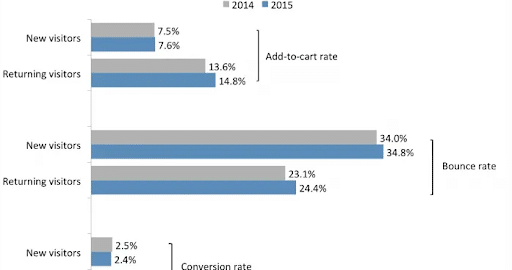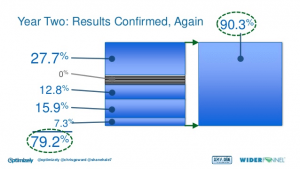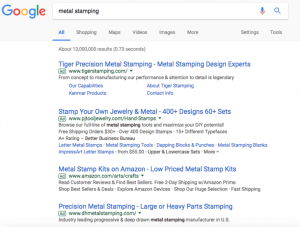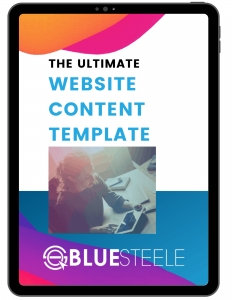seoplus+ has been a Shopify partner for nearly five years. Over this time, we’ve talked with hundreds of online store owners – from national chains to brand new local boutiques. The most common concern or frustration we hear from store owners has to do with low conversion rates. New store owners usually underestimate how difficult it will be to get consumers to open their wallets.
From these discussions as well as from managing digital marketing campaigns for several eCommerce stores, we see factors that differentiate top-performing stores and struggling stores.
We’ve compiled what we believe are the key factors that differentiate top performing stores from stores that struggle.
Here are the 10 factors that impact your conversion rate.
1. Price
Problem: Online shoppers have the ability to quickly review multiple competing products, so your pricing needs to be competitive – ideally lower than competitors.
Solution: Do your research. Search for competing products. If your prices are significantly higher ensure you can justify the cost. The best places to research pricing is exactly where your customers do their research – Google and Amazon.
2. Trust
Problem: Consumers are skeptical. They don’t trust claims and they may not even trust that the product will be delivered.
Solution: You need to build trust. This can be done in 2 ways.
A. Trust Signals: The most obvious is through trust signals. These include:
- Testimonials/reviews
- Social proof
- Social media links
- Certifications/accreditations
- HTTPS
- Clear contact information, including email, phone number, and address
B. Design/Copy: The second way is through your overall design and copy. Assume consumers will be very skeptical and modify your website accordingly. If your website looks amateurish, consumers are unlikely to trust the website.
Ask yourself or friends, “what about my website might not be trusted? How can I fix it?”
3. Friction
Problem: Friction is anything that makes it hard for your prospective customer to complete a purchase. For example, do you only offer PayPal as a payment option? Does an unorganized site structure making it difficult to find products?
Solution: For friction, you can complete a heuristic analysis. This is a manual review/walk through of the website where you ask “What is making it difficult to complete this purchase?”, “How could I make a purchase easier to complete?”, “Are there any unresolved issues/questions on this page?”
You can also have users test your website using tools like usertesting.com, and userbrain.net. Experts say using 3-5 users is all you need to identify most issues.
4. Value Proposition
Problem: Consumers don’t know WHY they should buy from you over competing products. If they don’t see the value, they will not buy. Keep in mind, that just because you see the value, doesn’t mean others do, too.
Solution: First you need to know the benefit to your customer. You need to create value propositions. These are the reasons why customers should buy from you. This should be clear in the headline, product descriptions, and sprinkled across your website in copy.
Examples:
- The most comfortable T-shirt in the world
- Canada’s only indestructible hockey stick
There are 3 locations for eCommerce value propositions:
- A value proposition for your entire store – this should be in the headline of your homepage. The example below shows why the world’s most successful eCommerce store does so well – it offers incredible value to customers.
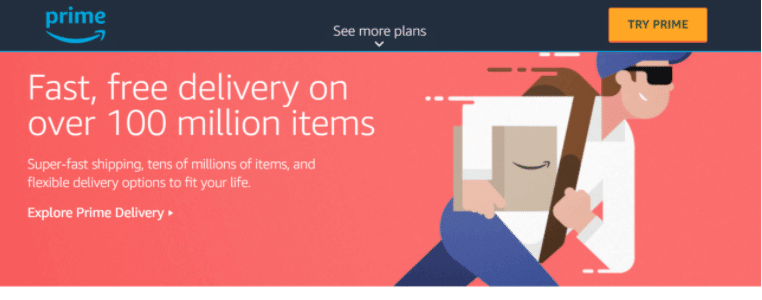
- A value proposition for each product or collection – Manitobah Mukluks highlights the product’s value through this visual on every product page.
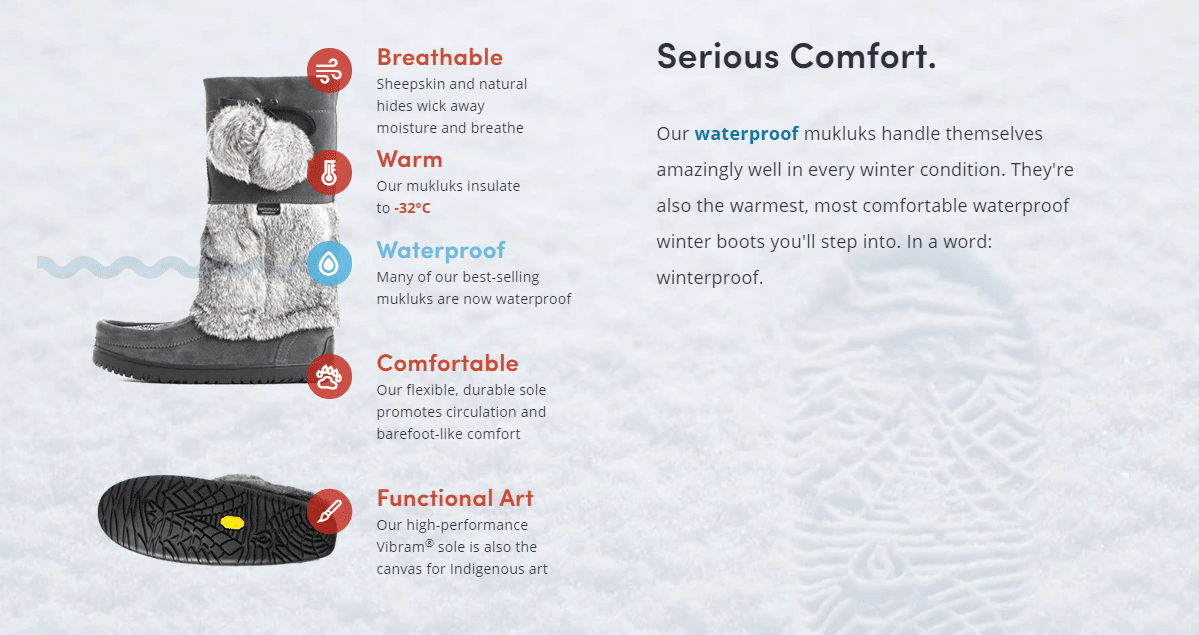
- Value points to create even more value (Eg. Free shipping, money back guarantee, etc.). These can be added to all your pages as bullet points, in a bar on the top of your website, or through icons and copy like in the images below. In this example,bebemoss.com has 3 value points that will resonate with consumers who value making an impact:
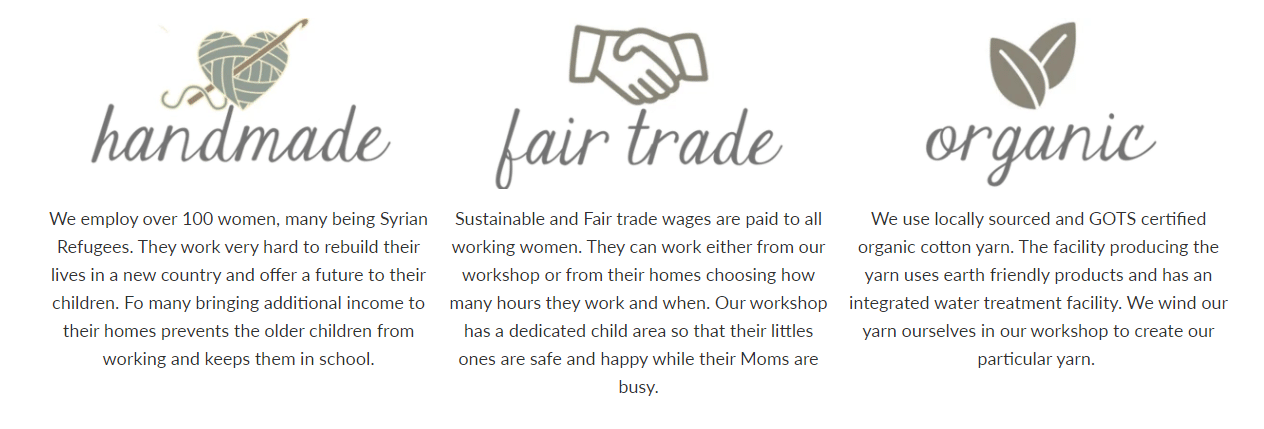
5. Competition
Problem: Online sales is completely different from traditional retail sales. With online stores, you’re competing with the biggest retail companies in the world. Amazon, Walmart, and every other major retailer are only a click away. The more competitive your niche, the harder it will be to succeed. If you sell a generic product that is available across the internet, you’re almost certain to struggle.
Solution: You need to give consumers a reason to buy from you over anyone else. It also helps to choose the right niche. For example, instead of trying to sell men’s clothing, aim for something more specific like Men’s Heated Socks or Custom Hockey Jerseys. Don’t get stuck competing with major retailers because you won’t win.
6. Shipping
Problem: If you don’t offer free shipping, your conversion rates will be impacted. According to “Usability Sciences” the most cited reason for cart abandonment was “the shipping costs and options were unacceptable.”
Solution: Offer free shipping when consumers spend a certain amount. This can also help increase the average sale amount. I spoke with a store owner (March 12, 2021) who sells products for $ 7-$ 15 each. He offers free shipping when customers spend $ 65 or more and his average order value is $ 73. Without this minimum, it would be a lot lower.
7. Low-Quality Pictures
Problem: Low-quality pictures (or only one picture) are a big turnoff for most consumers. Think about your store as a dating site. Dating profiles are always carefully curated to impress and show the “product” in the best possible light.
Solution: Invest in high-quality images. Ideally multiple images and even video if appropriate. Your images need to be impressive just like a dating profile pic! This is not a nice-to-have. You need high quality images of your products.
8. No Funnel
Problem: You’re relying too much on cold traffic to generate sales. If the majority of traffic to your store is brand new, your conversion rates will be low. They don’t know you or trust you yet. Solution: You need to bring prospective customers back to your website over and over again. You need to build a relationship with them. The most effective ways to do this are with remarketing ads, email marketing, and content marketing.
According to this article on Business Insider, the average conversion rate for returning customers is almost 100% higher than new visitors.
A simple way of looking at your website marketing is into three types of campaigns:
- Awareness – Getting your ads in front of prospective customers who have never heard of you. This is the first step in the marketing funnel.
- Conversion – Getting your ads in front of prospective customers who already know who you are but have not purchased yet.
- Repeat – Getting your ads back in front of customers so they buy from you again.
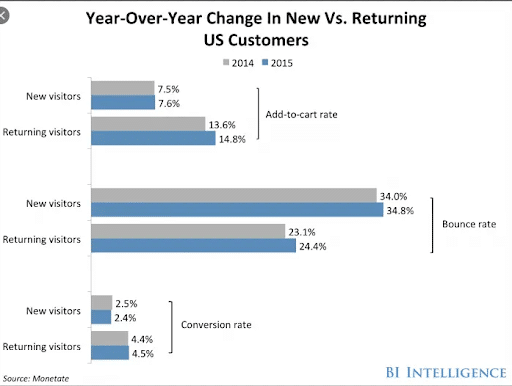
9. Relying only on your eCommerce store
Problem: This is a challenge for new stores. They often have no brand awareness, no trust. All your traffic is coming to your main website and prospects just don’t know and trust you yet. People buy from people they know, like, and trust.
Solution: Sell your products on marketplaces such as Amazon, eBay, Walmart, and Etsy. It’s not uncommon for online stores (especially new ones) to generate the majority of their sales from marketplaces. I have a client who sells 10X more products on marketplaces than on their own website. The downside is the marketplace fees cut into your margins, so you need to make sure your margins support this approach.
The first step is setting up and optimizing your product feed. We recommend using Feedonomics for feed management and marketplace sales, but there are other more affordable tools available if you are just starting out.
10. The Wrong Niche
Problem: They saying “niches get riches” applies more to eCommerce than anything else. The majority of stores we work with that are really successful target a specific niche. The ones that fail tend to target broad or hyper-competitive niches.
Solution: There is no hard and fast rule about choosing a niche. We recommend choosing a niche that meets some or all of the following criteria:
- Opportunities for repeat business
- Not overly competitive
- Growing market
- Avoid fads
- Target a passionate community (Golfers, gamers, etc.)
Here’s an article from Hubspot on choosing a profitable niche.
Building and managing a successful ecommerce store is difficult. According to medium.com, 95% of Shopify stores fail. So if you’re planning on building a store or you’re already running a store, make sure your website is set-up to convert. And, if you believe you’ve done everything on this list and the store is still not converting, consider getting some feedback from prospective customers. You can email your friends, post your store in a Facebook group or Reddit group, or use a paid service (like the ones listed in point 3) to get feedback.
Good luck with your store and don’t hesitate to reach out to seoplus+ if we can help in any way!
Digital & Social Articles on Business 2 Community
(82)
Report Post